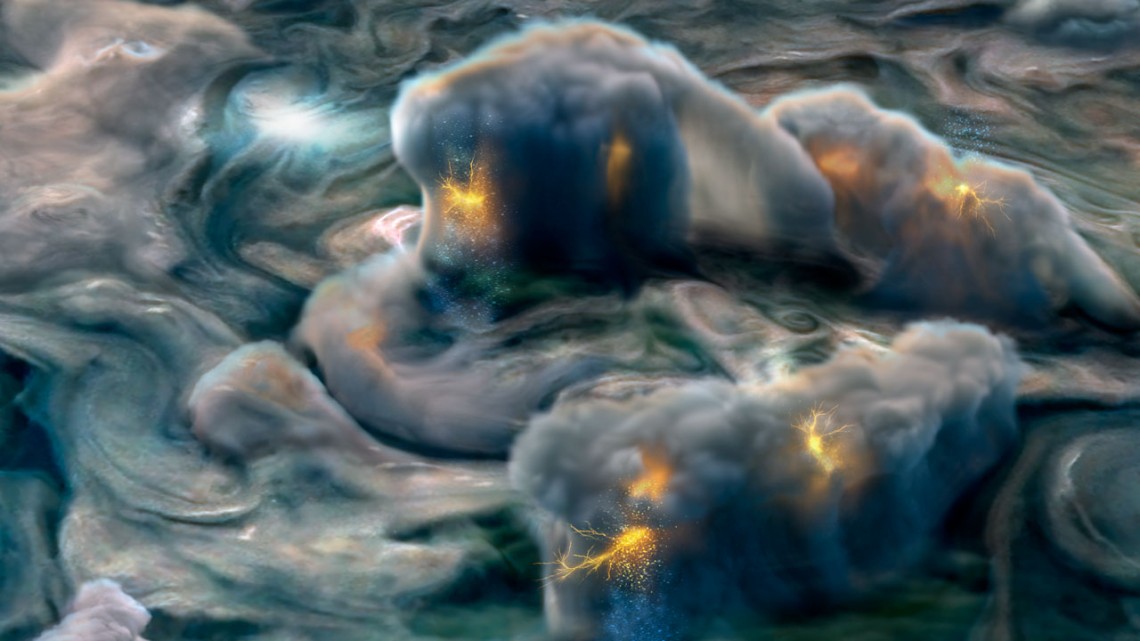
Astronomers have found evidence that the first exoplanet that was identified transiting its star could have migrated to a close orbit with its star from its original birthplace further away.
Analysis of the planet’s atmosphere by a team including University of Warwick scientists has identified the chemical fingerprint of a planet that formed much further away from its sun than it currently resides...
Read More








Recent Comments